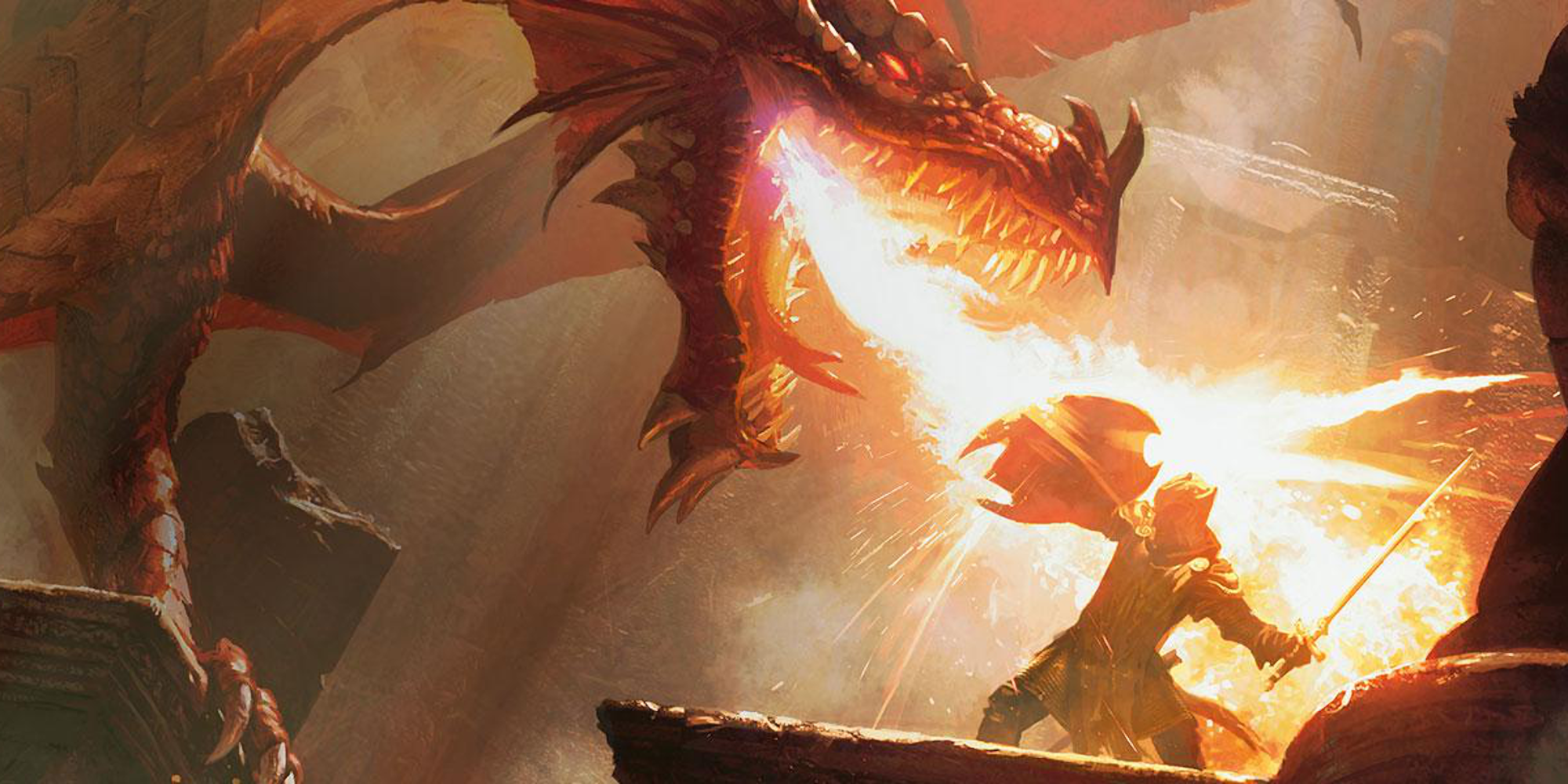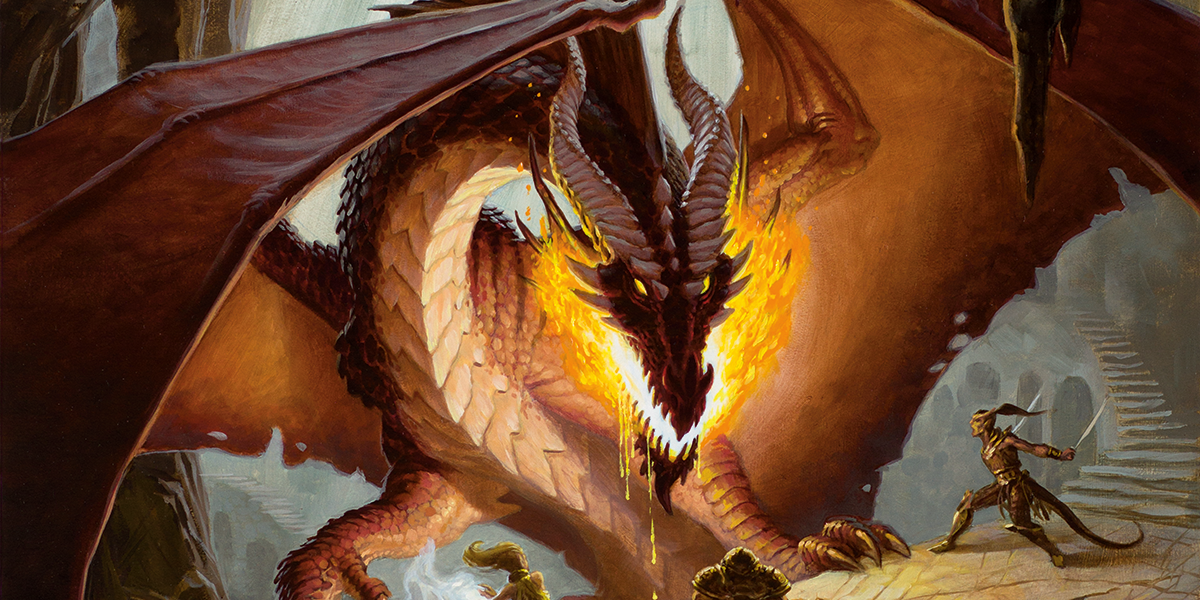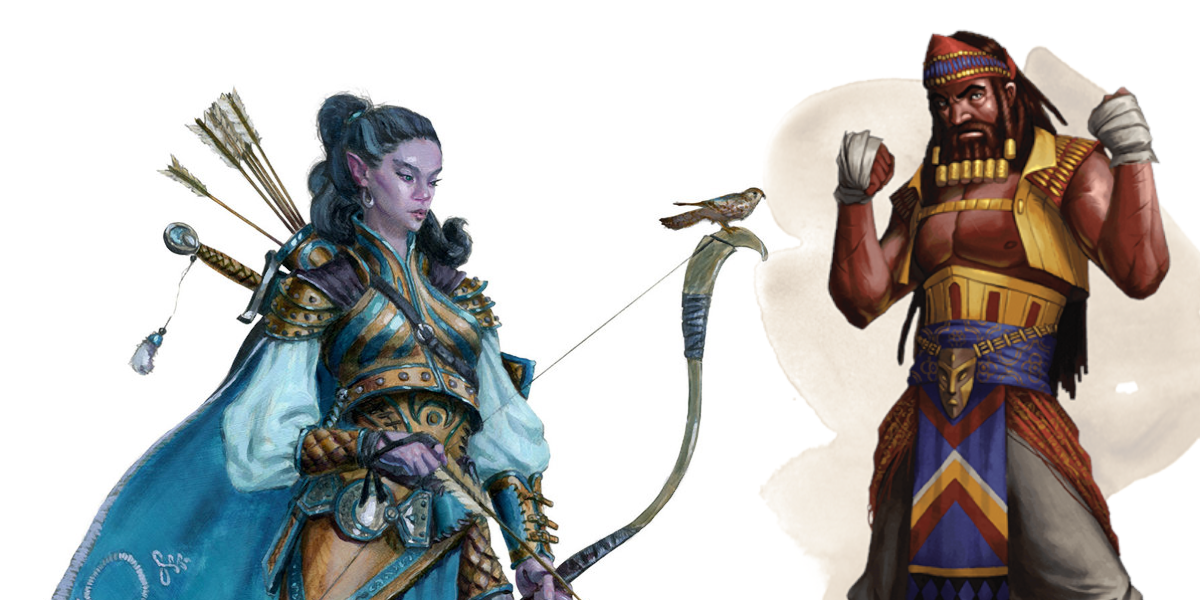Wizards of the Coast has released the newest Dungeons & Dragons Unearthed Arcana, which is part five of its ongoing subclasses playtest material. These two new subclasses for monk and ranger both incorporate the game's most iconic creatures: dragons.
The Way of the Ascendent Dragon and Drakewarden could be excellent experiments in a homebrew game, especially for Dungeon Masters looking to mix things up a bit with their NPCs. Both subclasses could inspire whole storylines with dragons at their center, and who doesn't love a good D&D dragon fight?
Way of the Ascendant Dragon
The Way of the Ascendant Dragon Monks "alter their own ki to resonate with draconic might." Players can decide how their draconic connection was formed, and the UA material offers a table of suggestions, all of which could provide backstory and connections for bringing a dragon and their monkish disciples into a campaign.
Other features of the Ascendant Dragon subclass are reminiscent of the draconic soul sorcerer. These monks can alter their unarmed strike damage to a draconic element like acid, cold or fire. They also gain a limited dragon breath feature that operates on ki points. By sixth level, these monks can actually fly, albeit in very short bursts. For one turn at a time, Ascendant Dragon monks unfurl "spectral draconic wings" and fly up to their move speed, which for monks can be pretty far.
By level 11, Ascendant Dragon monks may grant resistance to a draconic element damage type in a paladin-style aura, but that aura also adds reaction damage to allies hit within it for a powerful buff. The subclass' capstone ability is Ascendant Aspect, which gives characters blindsight, persistent damage on dragon breath attacks and additional damage when activating the aura.
Drakewarden
The Drakewarden is exactly what its name says: a ranger who works with drakes. In Dungeons & Dragons, drakes are flightless dragon-like creatures. Like dragons, there are already a variety of drakes, but the addition of Drakewarden suggests that more types could be forthcoming. The Drakewarden has features a bit like the classic (and much-maligned) Beastmaster Ranger and their animal companion. The Drakewarden's drake, however, is somewhere between a companion and a familiar. The drake must be summoned by the ranger, whereas an animal companion is a normal beast that a ranger has bonded with.
Drakes might seem over-powered for some tables, as they are a bit more powerful than a standard companion. This is by design. The subclass increases the drake's power as the ranger levels up. The ranger only receives one major feature for themselves: Drake's Breath at level 11. Otherwise, the features focus on the drake's growth, as it gains an alternate move speed type at level seven and grows to Large size at level 15. The Drakewarden's power truly lies with their drake, and that relationship suggests the beginnings of many possible stories.
While fans won't see these classes in Tasha's Cauldron of Everything next month, the focus on dragons for two subclasses could mean that a sourcebook with a draconic focus is in the works. Rumors have swirled around a Dragonlance setting for 5e, so these could be a hint of things to come.



